In pictures: The space shuttle
- Published
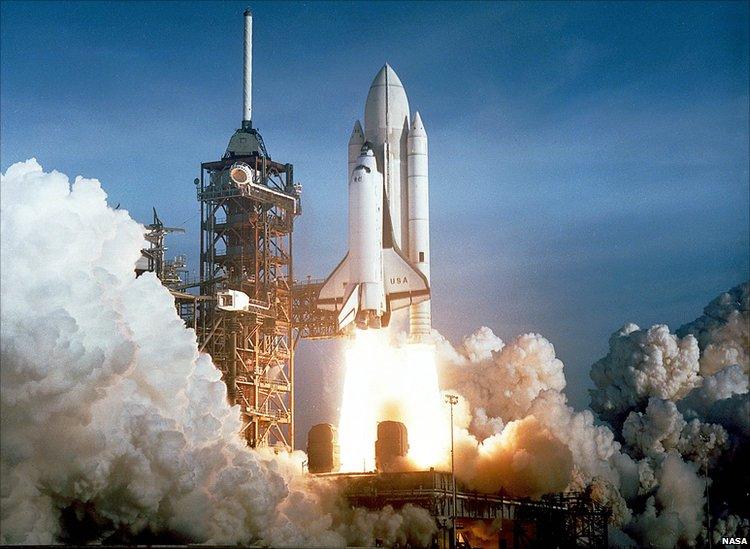
On 12 April 1981 the world watched as Commander John Young and pilot Robert Crippen guided the world's first reusable space craft, Columbia, into orbit from the Kennedy Space Center. Thirty years on Nasa's space shuttle programme draws to a close.
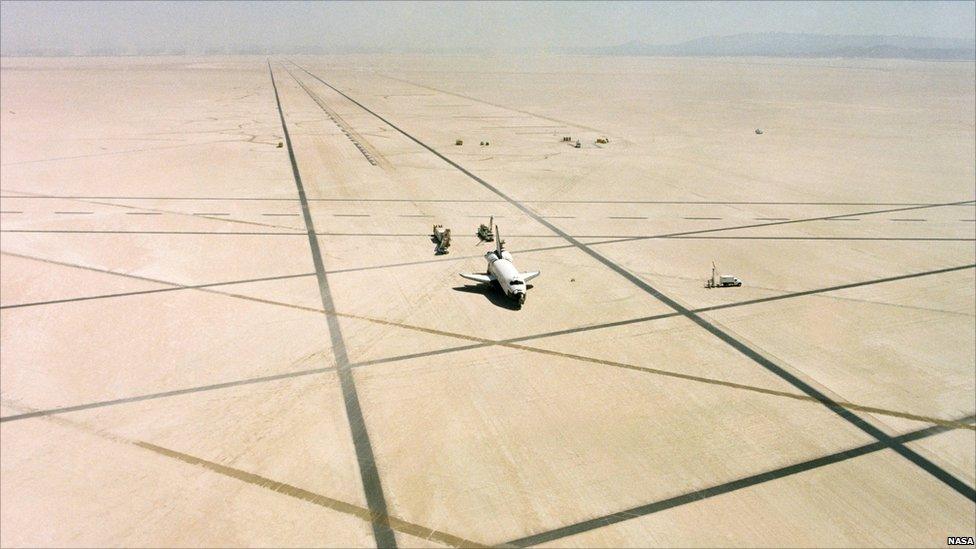
The aim of that first mission was to verify the performance of the shuttle as a whole, as well as specifically the twin solid rocket boosters, the giant external fuel tank and the three main engines, not forgetting about 2.5 million moving parts.
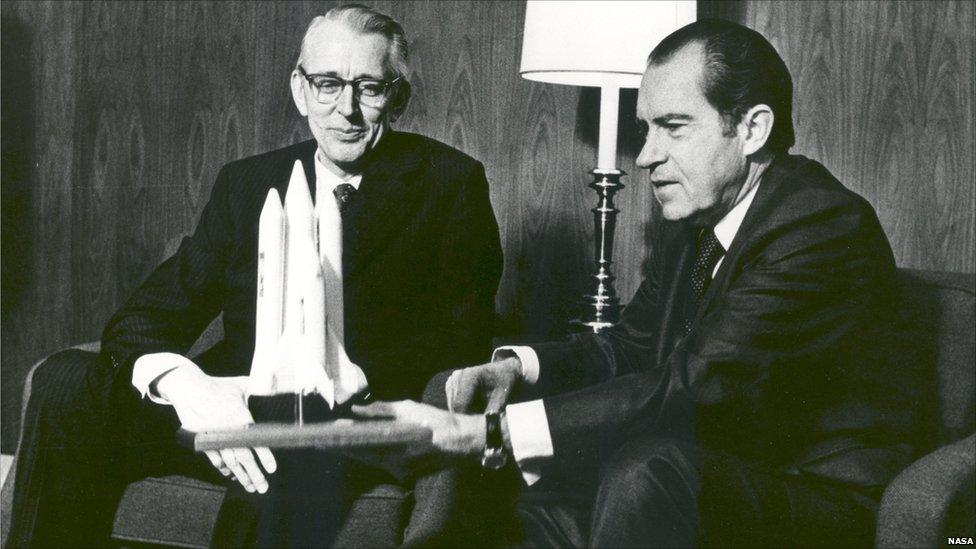
Nearly 10 years before President Richard Nixon (seen here with Nasa administrator Dr James Fletcher) announced the US should develop an entirely new type of space travel system.
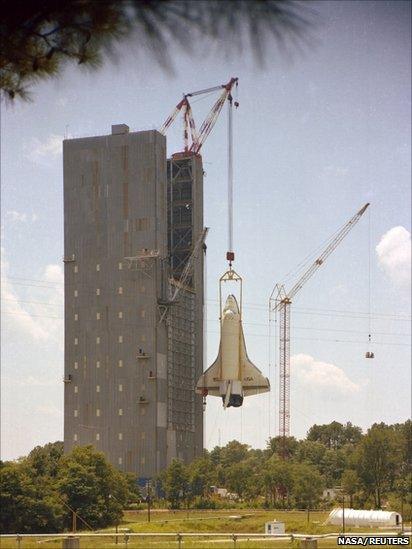
Development of the shuttle took many years. It was designed to reach orbits ranging from about 115 to 400 miles (185-640km) high. According to Nasa the life of the shuttle programme has cost $113.7bn (£70.8bn) (not adjusted for inflation).
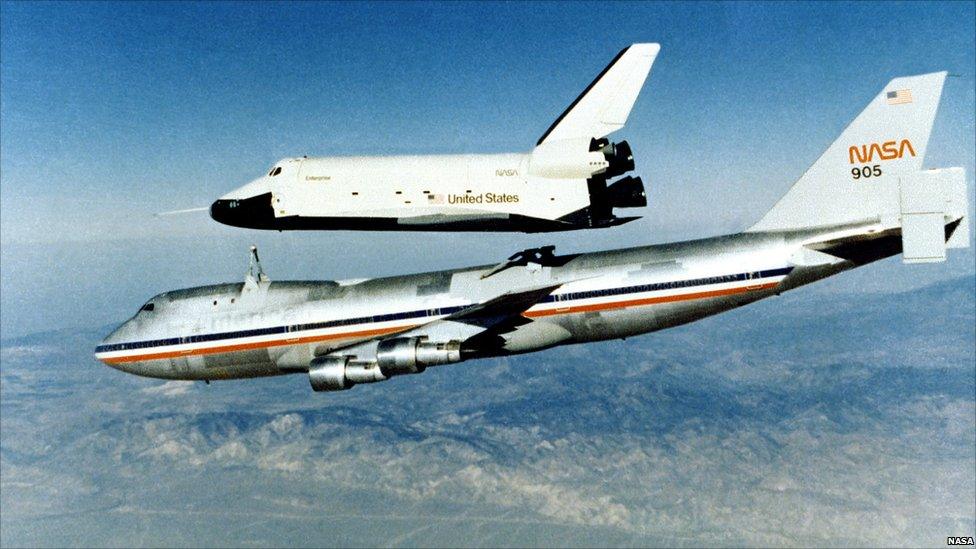
The first shuttle was in fact a prototype named Enterprise. It never flew in space but was used to test the critical parts of the launch and landing process. It is seen here being released from a Boeing 747 as it began one of five powerless glides back to Edwards Air Force Base in California.
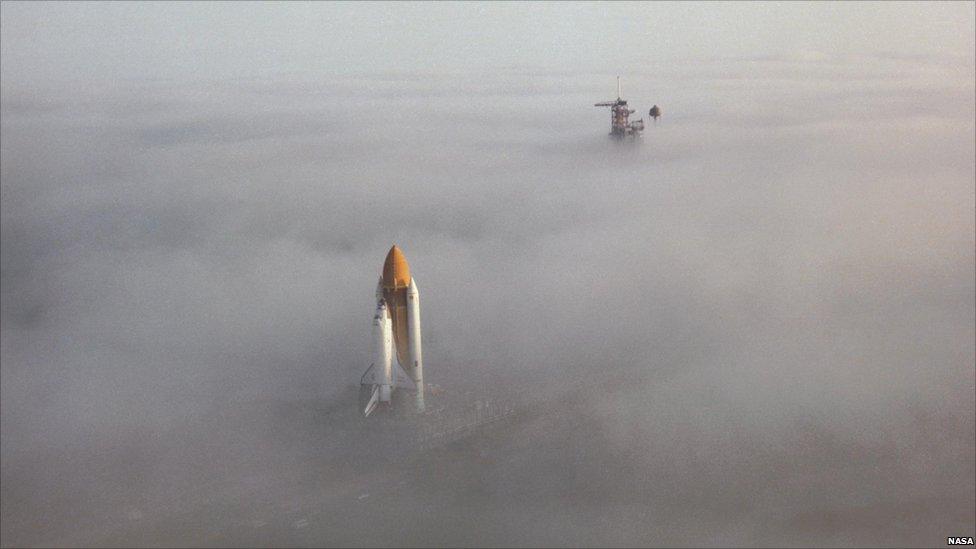
The second operational shuttle, Challenger, was named after British Naval research vessel HMS Challenger from the 1870s and made its first flight in 1983.
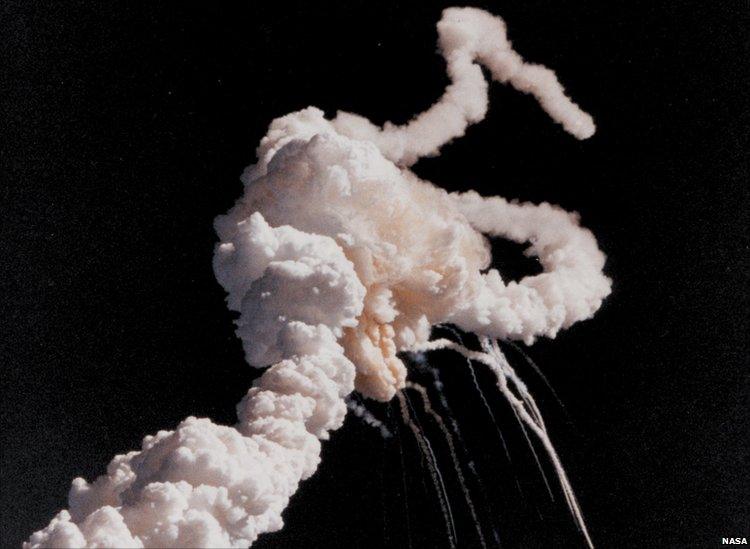
On Challenger's 10th mission in 1986 a seal on one of its boosters failed and hot gas burned through the external tank, causing the shuttle to break up in the resulting explosion. All seven astronauts aboard were killed.
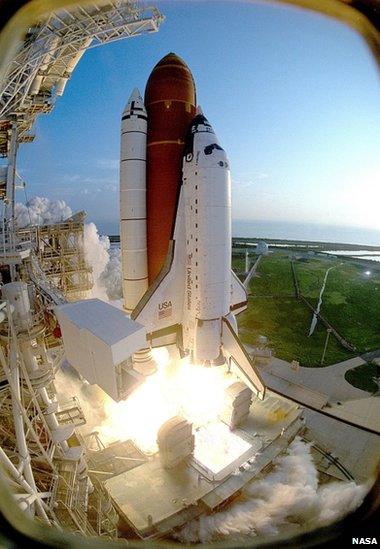
The Space Shuttle Discovery was the third operational shuttle and made its first flight in August 1984. Discovery has flown more than any other shuttle with 39 missions and deployed Nasa's Hubble Space Telescope.
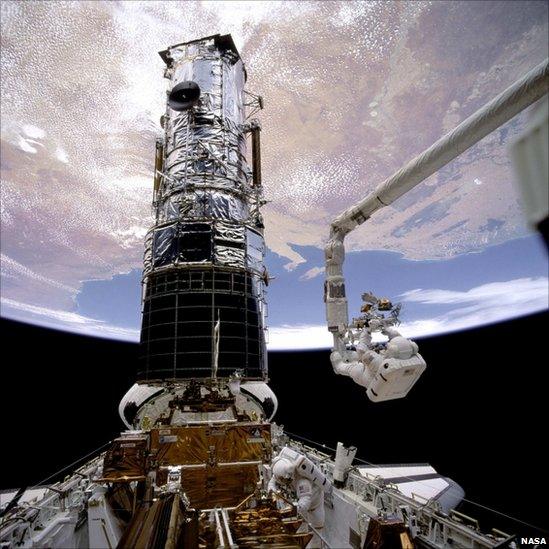
The shuttle programme also provided maintenance to the Hubble Space Telescope. Here astronaut Jeffrey A Hoffman, inside the payload bay, assists F Story Musgrave with final servicing tasks on the telescope, wrapping up five days of space walks.
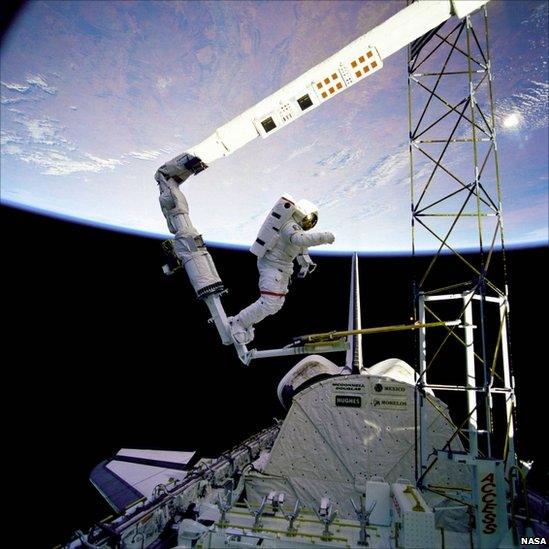
Some of the most stunning pictures from the shuttle missions involve space walks. Here astronaut Jerry L Ross is anchored to the foot restraint on the Remote Manipulator System aboard the Space Shuttle Atlantis.
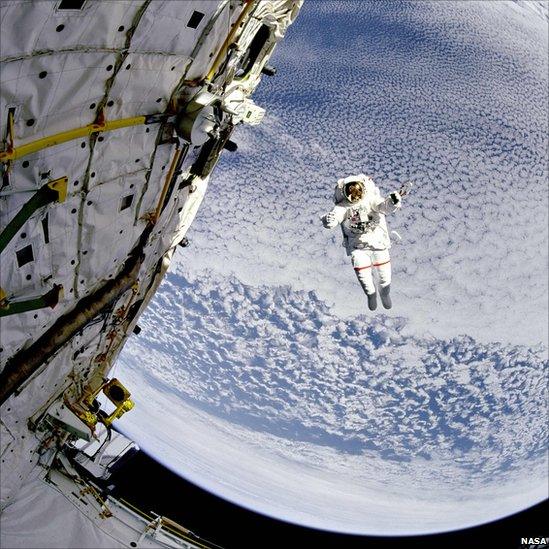
Astronaut Mark Lee tests the new Simplified Aid for Extra-Vehicular Activity Rescue (SAFER) system aboard the Space Shuttle Discovery in 1994.
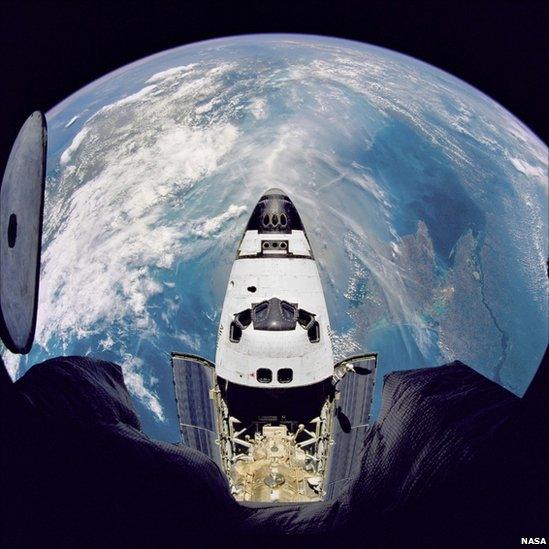
A fish-eye view of the fourth operational space shuttle Atlantis in orbit was taken from the Russian Mir space station in June 1995. Various shuttles have docked nine times with the station.

The final shuttle to be built was Endeavour which was named by school students and was a replacement for Challenger.
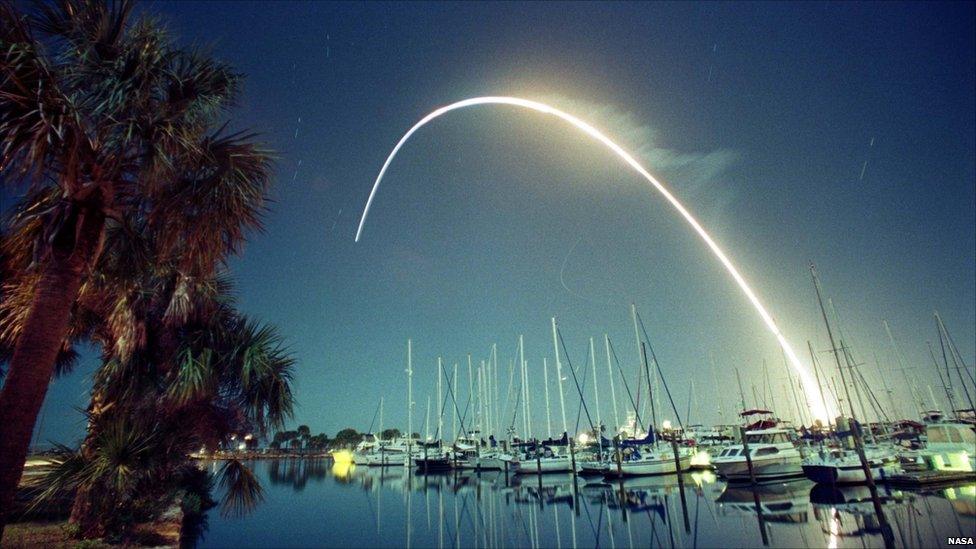
Endeavour has completed 25 flights and travelled 122,883,151 miles (197,761,262km).

On launch day an F-15E Strike Eagle patrols the skies as the Space Shuttle Atlantis launches from Kennedy Space Center in 2010.

The space shuttle Endeavour is seen docked to the International Space Station (ISS). The ISS has been visited 36 times by the various shuttles.

Prior to the final mission, STS-135, Nasa's space shuttles have travelled 537,114,016 miles (864,401,219km), making 20,952 Earth orbits spending 1,320 days, 1 hour, 32 minutes, 44 seconds in space.

If the weather is kind at the Kennedy Space Center on 8 July, Atlantis launches on mission STS-135 bringing to an end the space shuttle programme.